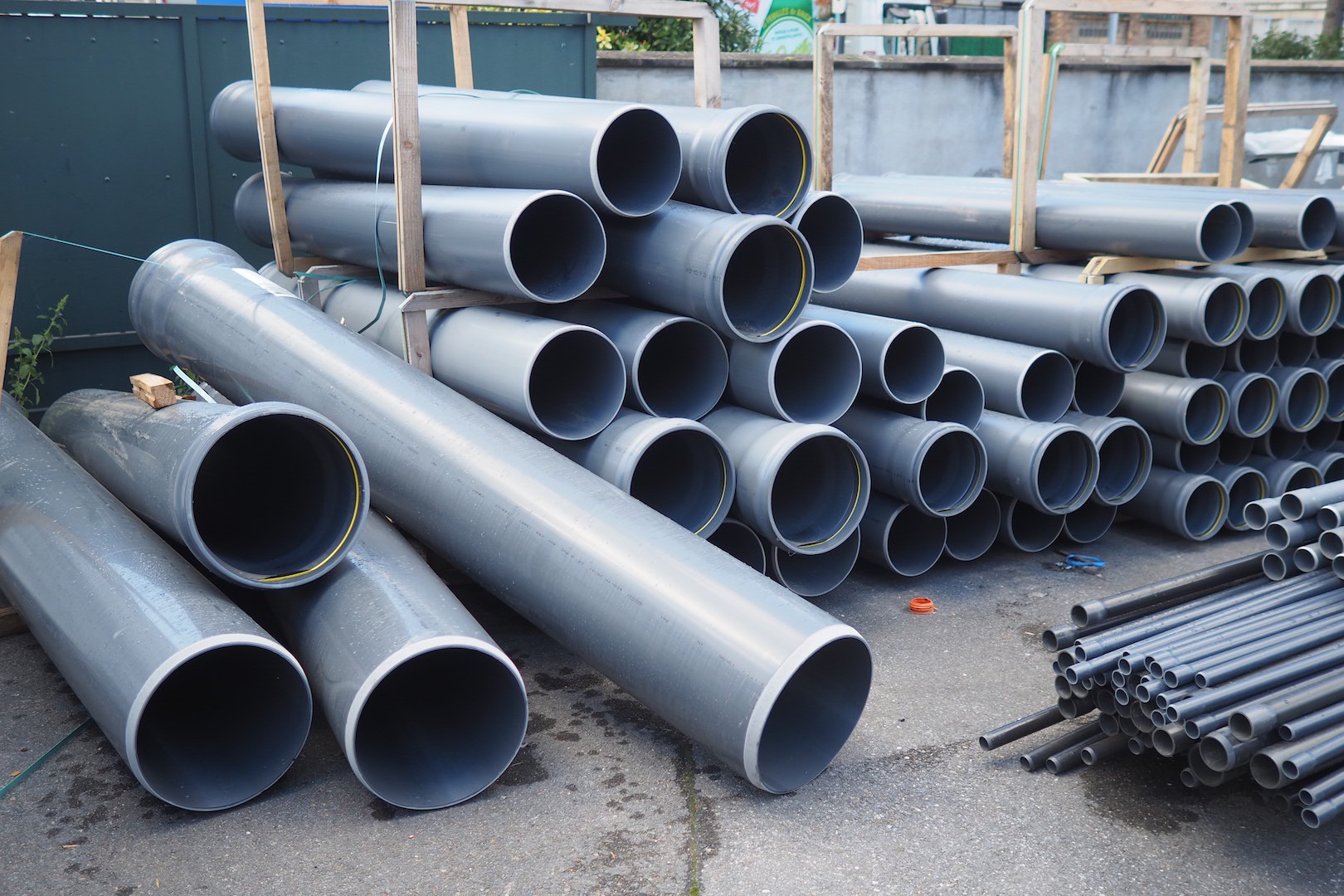I went to my local construction yard to collect pipes.

Fits just nice on my car.

The shaft has expading blades to center the pipe and support it evenly.
First thing is to lower these blades to load the tube then expend them and lock the pipe in place.

I had to make a few last minutes changes on that shaft, it was a bit tight

And i cut a sample so i could check different dimensions.
First impression: It cuts trough the PVC very nicely and easily. leaving clean cuts.
The cutting bit has flutes for the shavings to be evacuated upwards, so it leaves a bit a bur that i will need to remove post machining. But its very easily removed.

The dimensions were a bit off, so i went back to the GRBL firmware to edit a few parameters.
Otherwise, the machine seemed to be performing well.

I finally felt confident enough to cut an actual product.
I've designed a chair to be cut in these pvc pipes. being a cylinder, a pvc pipe has a natural curve that i want to exploit to make object that would normally be molded or laminated.
I have nothing wrong with these processes, but always require to invest time and/or money in some sort of mold or tooling. I like the idea to being able to just extract a product in just one cutting operation. As quick and easy as a laser cut can be.
So here we have the visualisation of the g-code. You can see the trick, the chair is modeled flat.
This is an other great aspect of this process, objects can be drawn 2D, making it super quick to iterate.
It also make the CAM process simpler than involving a 4th axis.

It works like a charm.
Still a lot of room for improvement, but doing exactly what i want.

 Christophe Machet
Christophe Machet
Discussions
Become a Hackaday.io Member
Create an account to leave a comment. Already have an account? Log In.